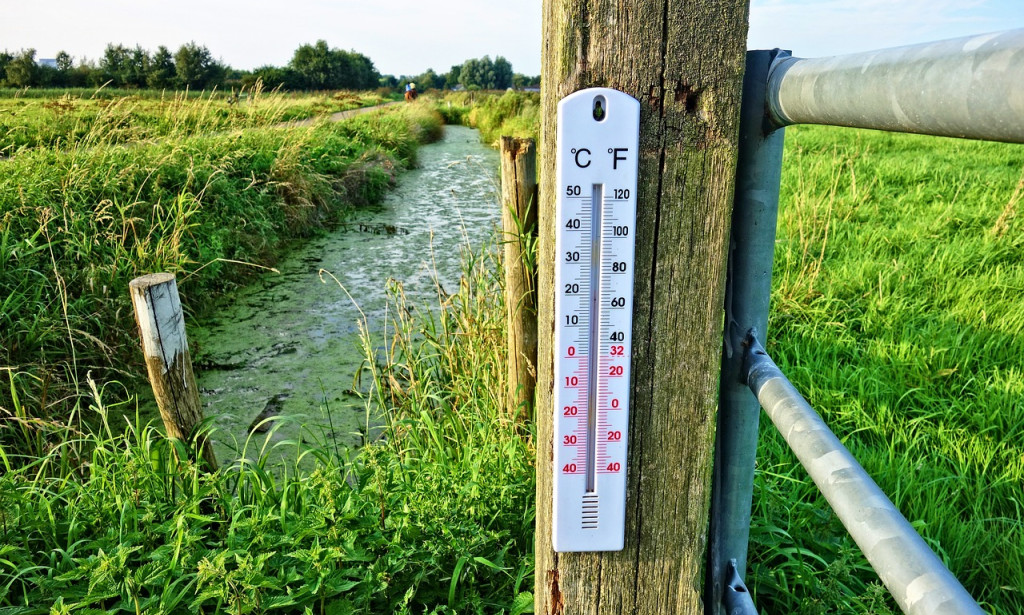While the U.S. National Aeronautics and Space Administration (NASA) predicted that the all-time heat wave would hit the global village by next year due to global warming and El Nino's influence, it was observed that La Nino, the opposite phenomenon of El Nino, could also surge. There are concerns that extreme abnormal weather phenomena will become more frequent.

The research team, a professor at China Maritime University, published a study in the international journal Nature on the 27th that climate change caused by La Niña will occur more frequently in the 21st century as a result of predicting climate change due to global greenhouse gas emissions.
La Niña is the opposite of El Niño, where water temperatures rise near the equator in the eastern Pacific Ocean. The low temperature phenomenon intensifies in the eastern Pacific, making winter colder. Korea, located in East Asia, is more affected by La Niña than El Niño. La Niña and El Niño are commonly caused by greenhouse gases that cause global warming. This is because when the sea level temperature in tropical areas rises due to greenhouse gases that trap heat in the atmosphere, convection activity at the equator intensifies, triggering two abnormalities.
Based on data on greenhouse gas emissions, sea level temperature, and frequency of lanya generation between 1900 and 1999, the research team predicted lanya generation in the 21st century. As a result, it was analyzed that the frequency of La Niña generation in the "greenhouse gas low emission scenario" will increase by 8-30%. In the scenario of high greenhouse gas emissions, 20 to 45% more La Niña is expected to occur. The low emission scenario assumes a situation in which the use of fossil fuels is minimized. The high-emission scenario assumes that fossil fuel use will be high and reckless development will expand.
The research team said it should be noted that Lanninha is caused by the reaction of El Nino. "As the increase in Raniña means an increase in El Niño, we are concerned that all extreme abnormal weather phenomena in the global community will become more frequent," Research T said.



You must be logged in to post a comment.